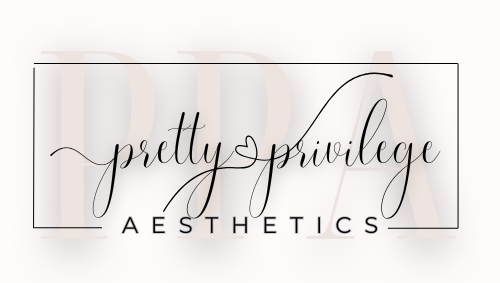Blue light can potentially worsen hyperpigmentation in darker skin tones, including Black skin, under certain conditions. While blue light is effective at killing acne-causing bacteria and reducing inflammation, it has been shown to stimulate melanocytes (the cells responsible for producing melanin), which can lead to hyperpigmentation in some individuals.
Key Considerations for Black Skin
1. Melanin Stimulation:
- Blue light penetrates the skin and can activate melanocytes, increasing melanin production. This is more pronounced in individuals with darker skin tones, making hyperpigmentation a possible side effect.
2. Duration and Intensity:
- Prolonged or high-intensity exposure may increase the risk of pigmentation changes.
- At-home devices are generally lower in intensity, which might reduce the likelihood of this issue compared to professional treatments.
3. Underlying Conditions:
- If hyperpigmentation is already present (e.g., post-inflammatory hyperpigmentation from acne), blue light could exacerbate it in some cases.
4. Safety in Skincare:
- Many at-home blue light devices are designed to minimize risks, but results can vary depending on the individual’s skin type and condition.
- While blue light is generally safe and effective for acne, individuals with Black skin or a tendency toward hyperpigmentation should approach its use with caution.
- If you’re concerned, consult a dermatologist to tailor a treatment plan that addresses both acne and pigmentation without worsening either condition.
Tips for Safe Use of Blue Light
- Patch Test: Before starting treatment, test the device on a small area to observe any adverse effects.
- Short Sessions: Limit exposure time to reduce potential side effects.
- Sunscreen: Protect your skin daily with a broad-spectrum sunscreen, as blue light from the sun and devices can contribute to pigmentation issues.
- Combine with Brightening Agents: Use products with ingredients like vitamin C, niacinamide, or azelaic acid to counteract potential pigmentation.
